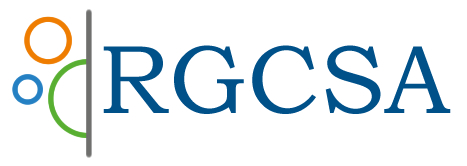Author: Foster R G, Roenneberg T
Abstract: Collectively the daily, seasonal, lunar andtidal geophysical cycles regulate much of the temporal biology of life on Earth. The increasing isolate of human socities from these geophysical cycles, as aresult ofimproved living conditions, high-quality nutrition and 24/7 working practices, have led many to believe that human biology functions independently of them. Yet recent studies have highlighted the dominant role that our circadian clock plays in the organisation of 24 hour patterns of behaviour and physiology. Preferred wake and sleep times are to a large extent drive by an endogenous temporal programme that uses sunlight as an entraining cue. The alarm clock can drive human activity rhythms but has little direct effect on our endogenous 24 hour pysiology. In many situations, our biology and our society appear to be in serious opposiion, and the damaging consequences to our health under these circumstances are increasinly recognised. The seasons dominate the lives of non-equatorial species, and until recently, they also had a marked influence on much of human biology. Despite human isolation from seasonal changes in temperature, food and photoperiod in the industrialised nations, the seasons still appear to have a small, but significant, impact upon when individuals are born and man asepcts of health. The seasonal changes that modulate our biology, and how these factorsmight interact with the social and metabolic status of the individual to drive seasonaleffects, arestill poorly understood. Lunar cycles had, and continue to have, an influecne upon human culture, though despite a persistent belief that ourmental health and other behaviours are modulated by the phase of the moon, there is no solid evidence that human biology is in any way regulated by the lunar cycle.
Keywords: temporal, biology,circadian, , seasonal effects, lunar, geophysical, clock, seasons, lunar cycle, wa
Notes:
Publication: Curr Biol
Issue: Vol 18 (17)
Dated: 9 Sept 2008
Pages: R784 – R794
Human responses to the geohysical daily, annual and lunar cycles
Posted in Free Research Abstract
